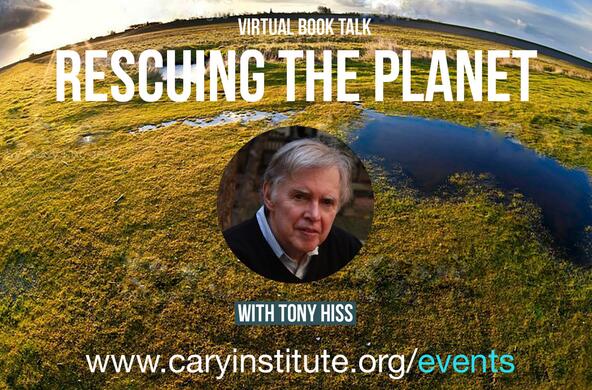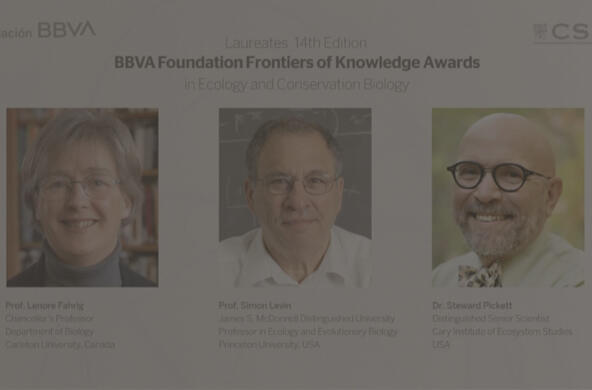One of my more popular blogs, Lawn Gazing, was posted 29 June 2015, in which I suggested that our attention to a perfectly manicured lawn is a waste of time (in mowing) and money (in water and fertilizer) and harmful to the environment (in weed killers and pesticides). It provides ample justification to spend your Saturday afternoon doing almost anything other than lawn mowing. You’ll have more free time and your yard will harbor a more diverse and interesting collection of plants and insects.
The human pursuit of a vast area of grass around our home may derive from our evolutionary origin on the savannas of Africa, where it was useful to have early warning of advancing predators. But for suburban homeowners, the risk of predators is vastly outweighed by the risk of injury from power tools. Better to leave your mower and blower in the garage and let your lawn return to a wildflower-filled meadow that attracts bees and other pollinators. Let your neighbors be damned.
Now, I can update that recommendation with a new line of thought. The two-cycle engines that power most lawn-maintenance equipment are a major source of local air and noise pollution. Nationally, such small engines account for about 42% of the carbon monoxide, 13% of the fine particulate matter, and 25% of the volatile organic compounds (VOCs) emitted from mobile sources. A simple sniff of lawn mower exhaust will alert you to the presence of unburned hydrocarbons. If you’re worried about the air you breathe, a meadow is a much healthier environment. Alternatively, I suppose you could buy yard equipment that is powered by rechargeable lithium batteries, but that extends my basic question: why have the lawn at all?
Next time you hear the annoying roar of your neighbors’ leaf-blowers, remember the effect goes beyond noise pollution. They are polluting the air you breathe in an attempt to maintain nature as it was never meant to be. And every year we expend these efforts on 200,000 km2 (about 77,000 square miles) of lawn.
References
Bormann, F.H., D. Balmon, G.T. Geballe. 2001. Redesigning the American Lawn. Yale University Press.
Buxton, R.T. and 6 others. 2017. Noise pollution is pervasive in U.S. protected areas. Science 356: 531-533.
Falk, J.H. and J.D. Balling. 2010. Evolutionary influence on human landscape preference. Environment and Behavior 42: 479-493.
McDonald, B.C. and 19 others. 2018. Volatile chemical products emerging as largest petrochemical source of urban organic emissions. Science 359: 760-764.
McGinty, J.C. 2017. Blowing leaves, and pollution. Wall Street Journal, 16 December p. A2.
Milesi, C., S.W. Running, C.D. Elvidge, J.B. Dietz, B.T. Tuttle, R.R. and Nemani. 2005. Mapping and modeling the biogeochemical cycling of turf grasses in the United States. Environmental Management 36:426-438.
Volckens, J., D.A. Olson, and M.D. Hayes. 2008. Carbonaceous species emitted from handheld two-stroke engines. Atmospheric Environment 42: 1239-1248.






